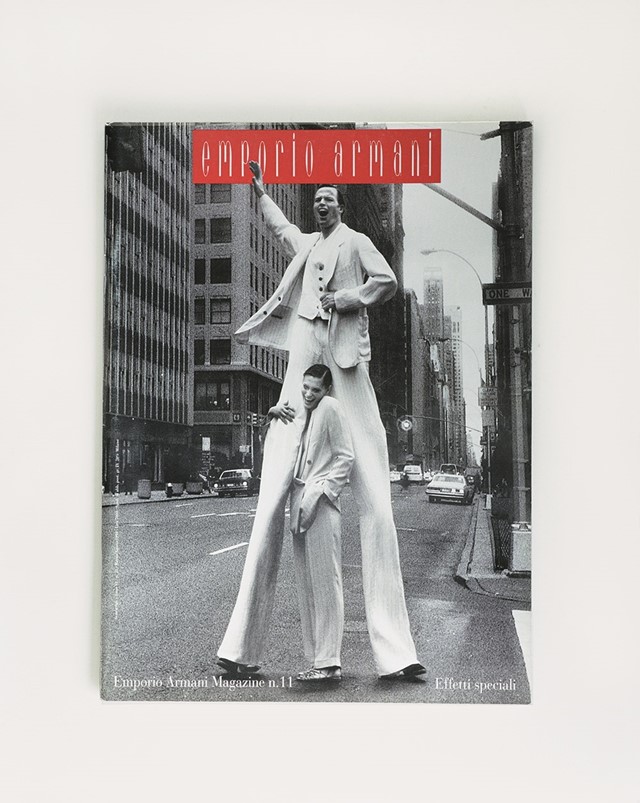To celebrate Giorgio Armani's 40 years in fashion and yet another standout collection for S/S16, AnOther delves into the archives of the trailblazing Emporio Armani magazine
To the modern reader, the notion of brand 'zines or labels producing editorial content might seem a relatively recent phenomenon. Films, blogs, social media – all are used to write the narrative of a label today. But the idea of creating his own magazine came to designer Giorgio Armani long before any of these existed.
Launched in 1981, the Emporio Armani line had its very own manifesto by 1989 – an A3-sized, glossy-paged magazine that ran for 18 issues until 1998. Under the notoriously fastidious direction of the designer’s younger sister, Rosanna Armani, it established a format that has been adopted by many others ever since, including Chanel and Acne Studios. Not only that, it was a surprisingly avant-garde move for a brand that so dominates mainstream fashion.
“Originally, Emporio Armani magazine was supposed to be a catalogue for the line,” the designer remembers. “Thanks to the quality of the images, it almost immediately became a real magazine.” He continues: “Emporio Armani magazine was ahead of its time for experimental publishing formats, which have now become widespread, and became a model that other brands have since taken inspiration from.”
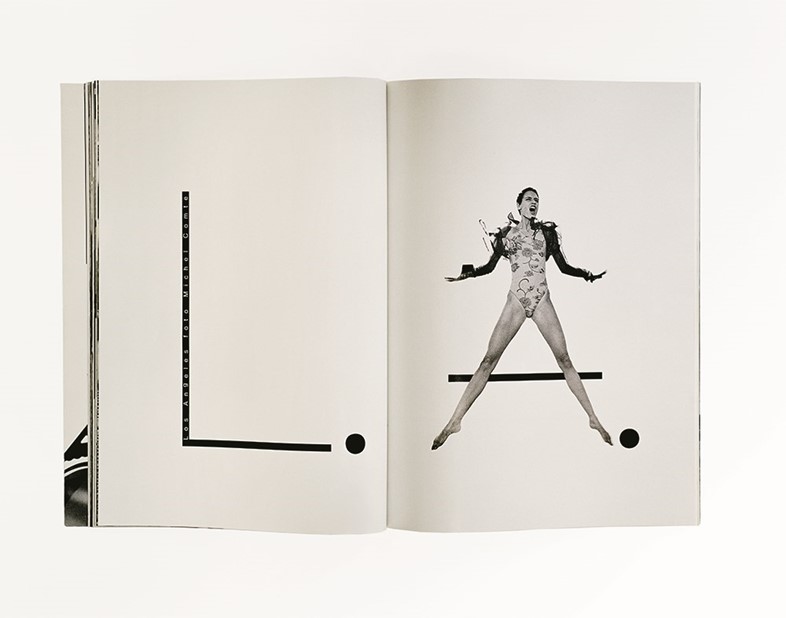
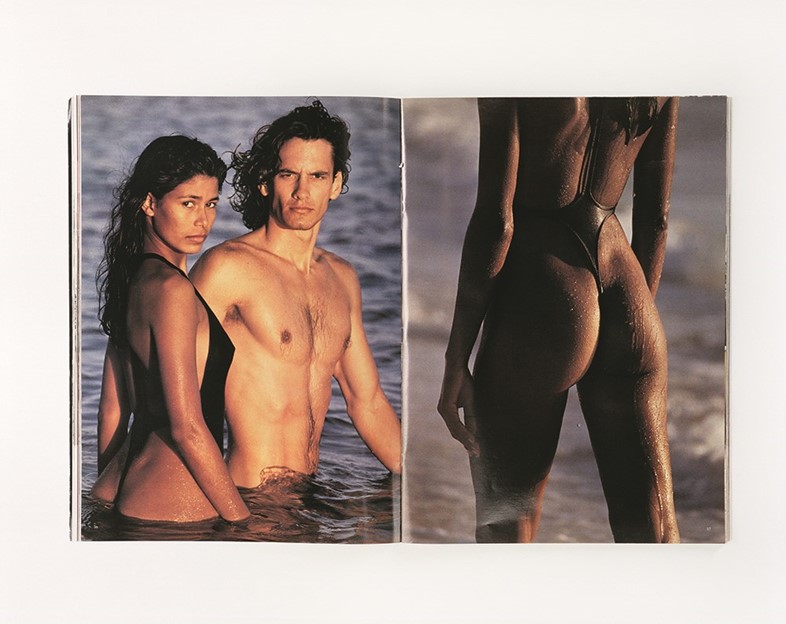
The publication enlisted famous as well as up-and-coming fashion photographers and writers; featured interviews and think pieces; and told the story of one of fashion’s most enduring aesthetics: a clean and sporty, casual minimalism, inspired by nature and informed by urban living.
“The aim was to communicate the Emporio Armani world through photographs, with the strong idea and emotions that were at its base,” says Mr Armani.
The photographers included Peter Lindbergh, the go-to snapper of the supers in that decade, who worked for Armani on stories that were rather more low-key. Aldo Fallai, whose black and white portraiture set the tone for a modern era of Italian fashion during the 70s (and its global presence during the following decades), was another. Instamatic artist Roxanne Lowit, whose candid backstage shots of the likes of Jerry Hall became an 80s standard, was one more. Emporio Armani’s magazine not only set the bar high for its contributors, it also set a precedent for fashion imagery at the time.
“I got a call from Anna Piaggi asking me to shoot 24 hours of Giorgio Armani in New York,” Lowit remembers. “He was booked on Good Morning America. The call time was 4am – I slept in my clothes so I would be on time. When I arrived, Giorgio was hamming it up on set. ‘I can’t believe you’re such a ham,’ I told him, and he said, ‘Qu’est ce que c’est, ham?’ I said, ‘Jambon’ and he said, ‘You are calling me a prosciutto?’”
With the sort of budgets and wide-ranging remit unavailable to many more orthodox publications, the Emporio magazines took traditional formats to an almost conceptual level. There were pull-out ’zines within the magazine, extensive gatefolds of panoramic views, and it was among the first to print on environmentally friendly paper.
Each issue had a theme – from people to studio, even in one case the well-heeled holiday resort of Rimini, birthplace of Fellini and a locus for Italy’s vacationing beau monde – and content ranged from the traditional to the more abstract. In one issue, a shoot dedicated to Cuba sits alongside the poetry of Federico García Lorca, who celebrated its culture in his writing; in another, an unlikely photographic arrangement of a first world war American army battalion breaks up group shots of models.
Moodboards, fashion shoots, stories, reminiscences: from one page to the next, a presciently selected slew of exciting names and viewpoints, from interviews with then rising star Jennifer Jason Leigh, to commentary from architect Rem Koolhaas, and quotes from the director Bernardo Bertolucci.
“When you see the images, you get a feeling of confidence in what Mr Armani does,” wrote the late Ingrid Sischy, reflecting on the magazine itself. “You get that quality of softness for which the clothes are renowned. You are offered a world of men who don’t have to be macho to be masculine, of women who don’t have to be uncomfortable because they are dressed.”
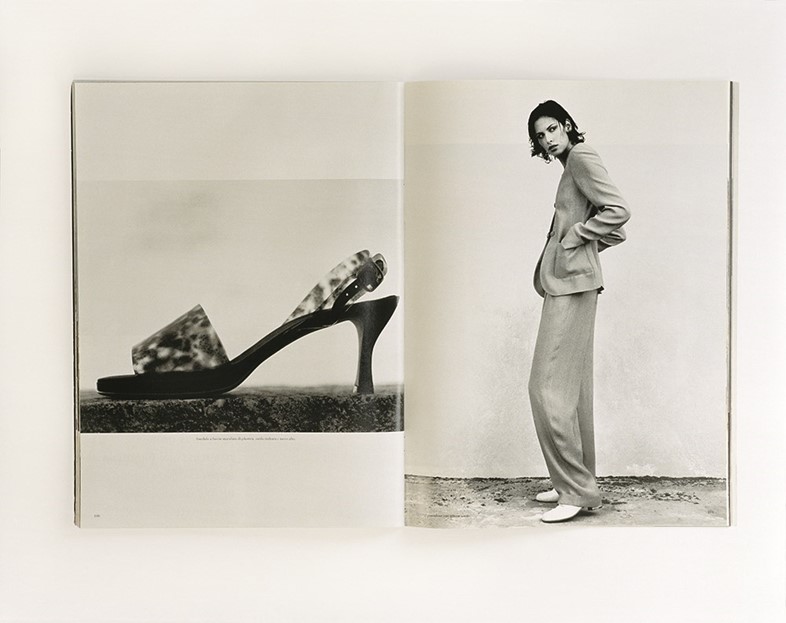
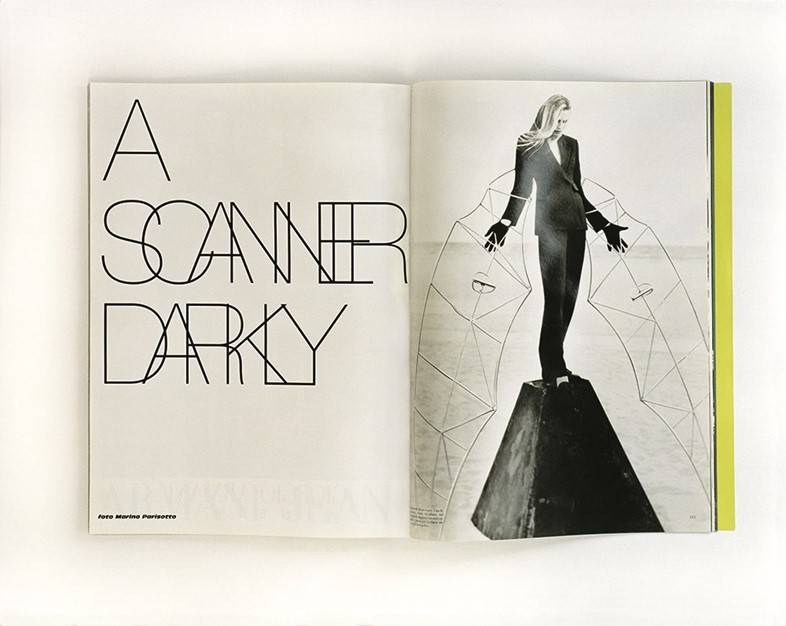
As the reader skims, it becomes obvious that the clothes are inherent to the project. They are presented as streetwise and savvy, against a variety of backdrops – the city, the desert, even taken from the great height of construction sites, in reference to the work of Charles Clyde Ebbets. In all imagery, the line between the urbane and the artisan is carefully balanced, just as it is in the Armani aesthetic itself.
Kurt Markus was one of the photographers brought on board with the project at a pivotal moment in his career. “I got a call – would I like to photograph Mr Armani’s next campaign for a new label he was creating? They’d fly me to Pantelleria, off the coast of Italy, to shoot for a couple of days and they’d take care of all the details. I realised my life was going to change.”
“I’ll always be indebted to Rosanna Armani,” Markus says, “for taking a chance on me and more or less babysitting a very green but eager photographer. Her rich, wicked sense of humour kept things loose. I so wanted to please her – we all did.”
In this respect, the Emporio Armani magazine was a creative launchpad for so much that we take for granted in fashion nowadays. It began careers and spread concepts, as well as blurring and shifting boundaries across the industry in an age before the disruption brought about by digital media.
“I like tactile quality,” says Mr Armani. “The rendering of the image on paper, with subtle imperfections that add to its charm… I was a pioneer in this field.”
This article appears in the A/W15 edition of AnOther Magazine.
